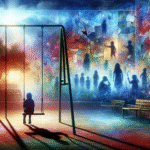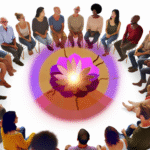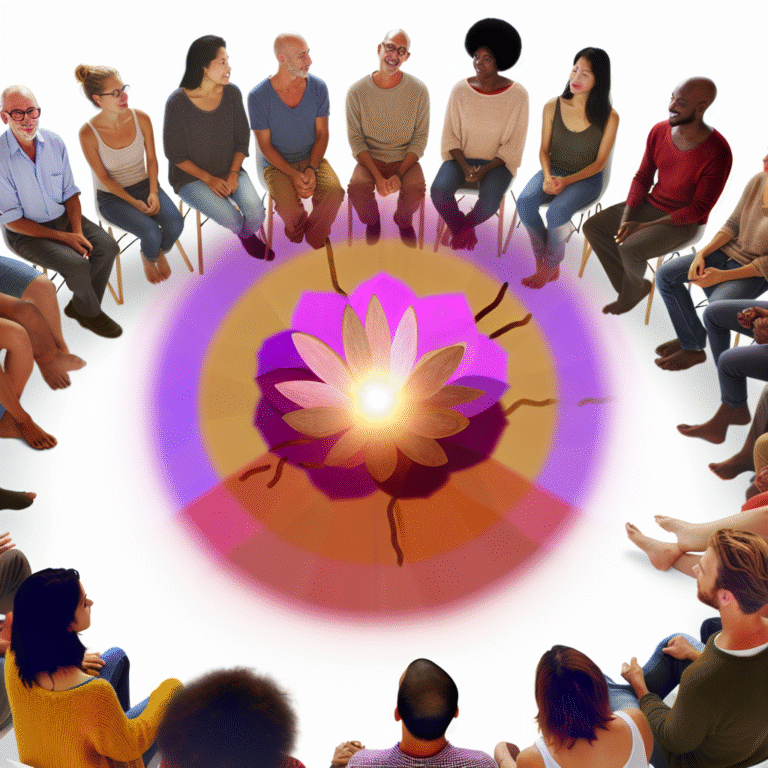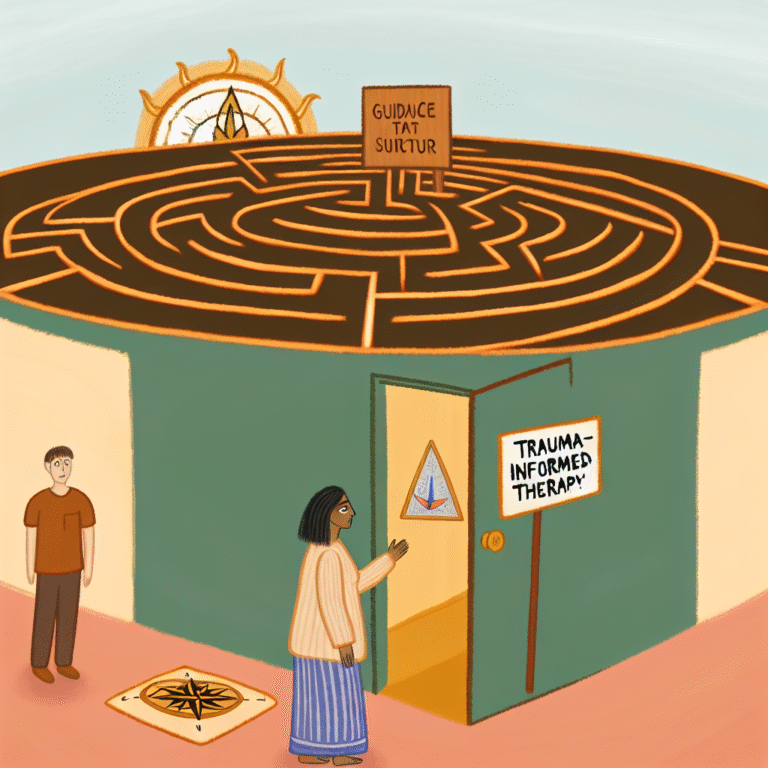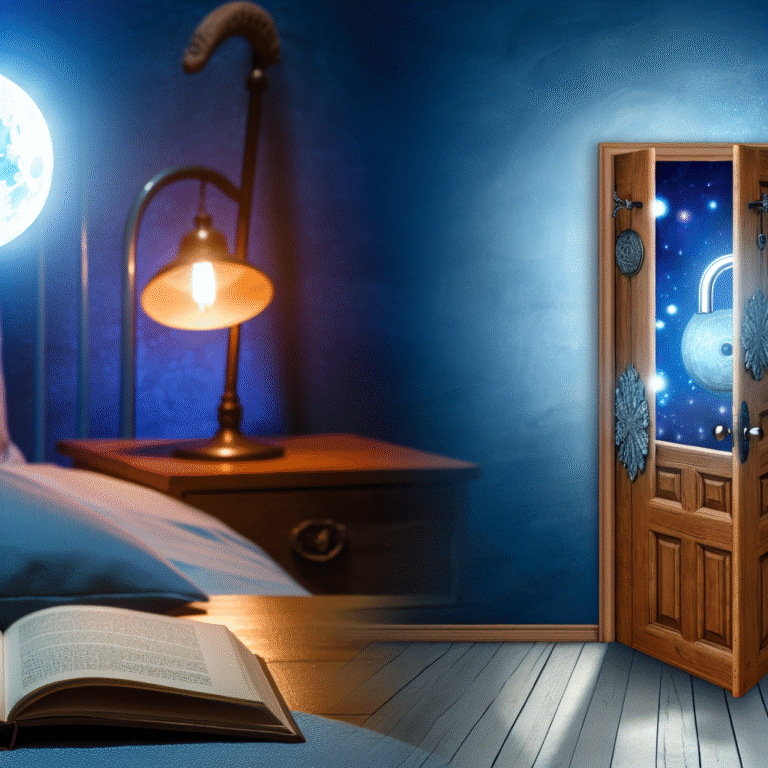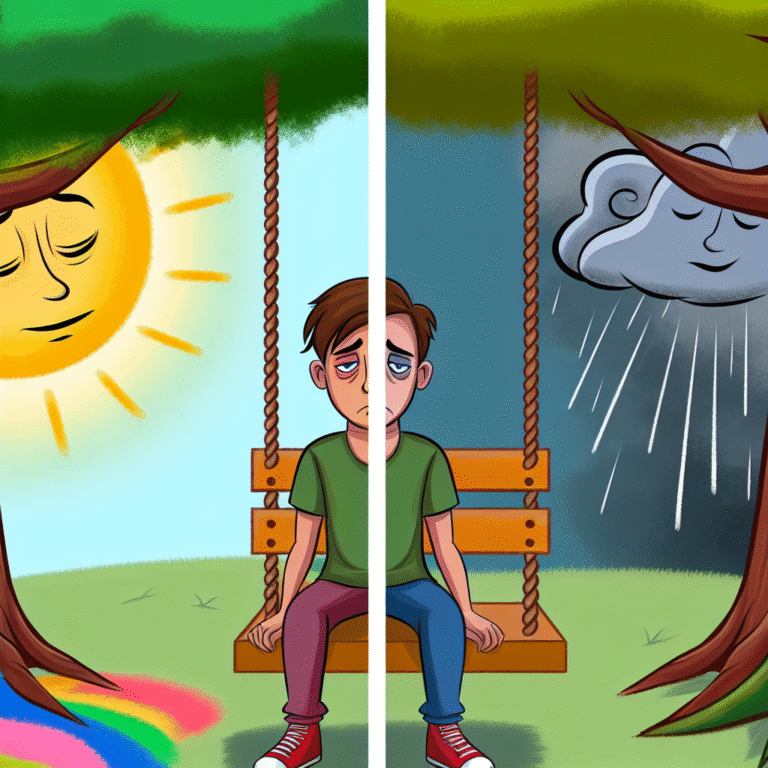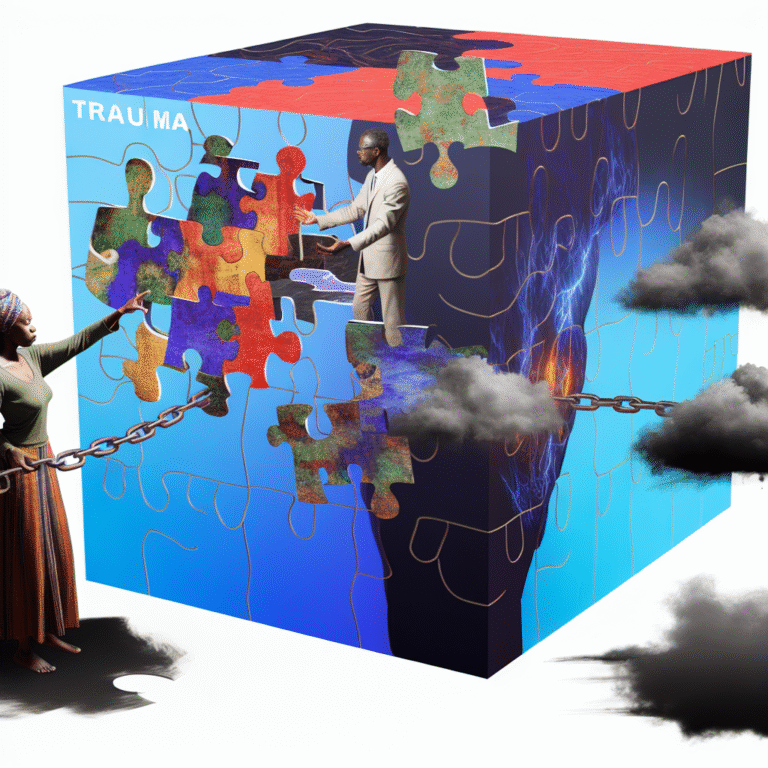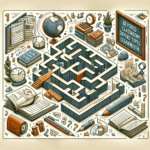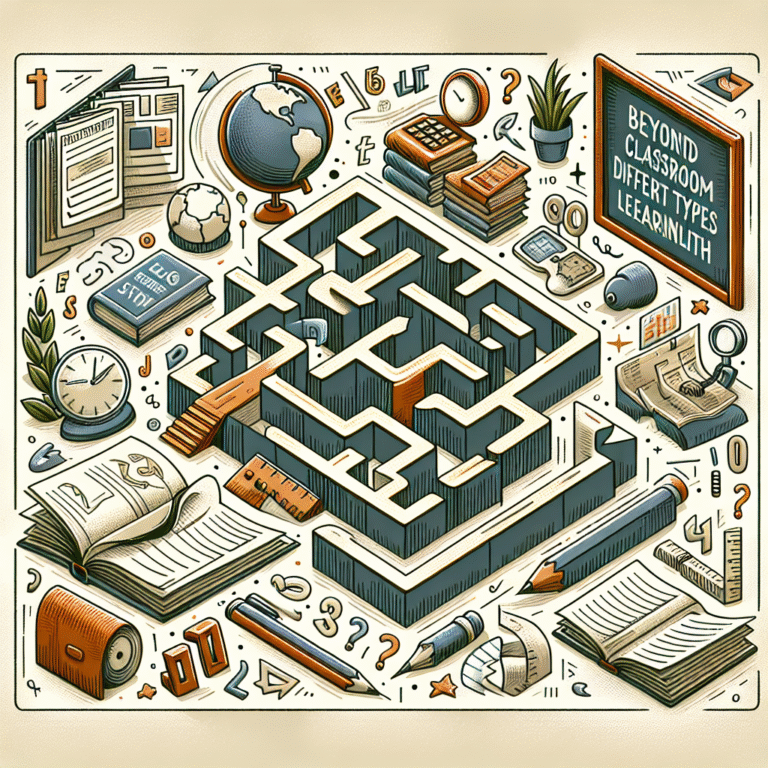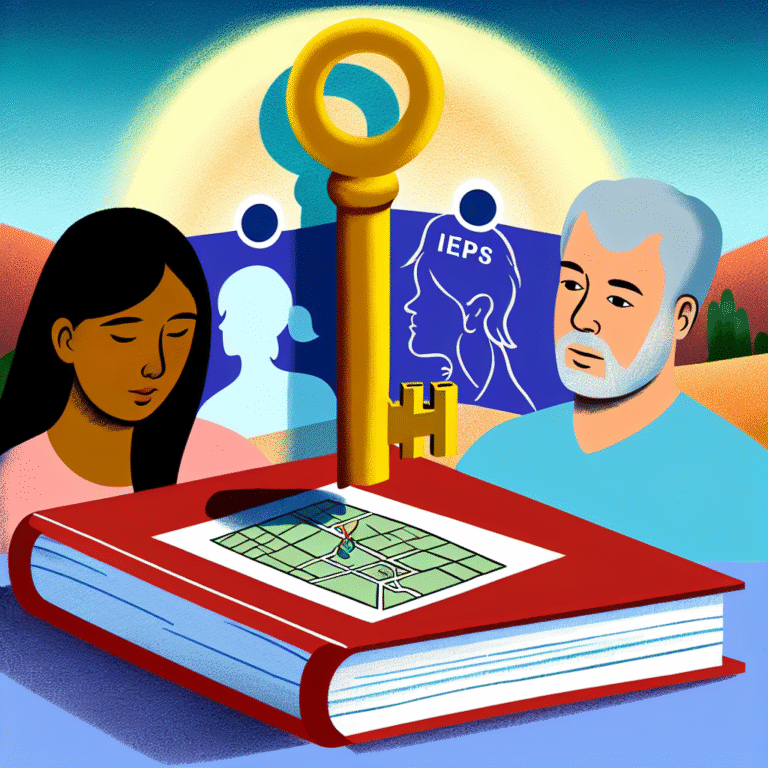
Minds in Color: The Essential Role of Art Therapy in Alleviating Anxiety
Introduction
In a fast-paced world overflowing with demands and distractions, anxiety has become an all-too-familiar companion for many. As individuals grapple with the weight of uncertainty—from global crises to personal challenges—finding effective coping mechanisms is paramount. While traditional therapy options have their place, an increasingly popular and effective alternative has emerged: art therapy. This therapeutic approach, where creativity meets mental wellness, offers more than just a creative outlet; it provides a profound pathway to emotional healing. This article explores Minds in Color: The Role of Art Therapy in Alleviating Anxiety, unveiling its transformative potential and the unique insights it brings into the human experience.
The Intersection of Art and Mental Health
Understanding Anxiety
Anxiety can manifest in various forms—from generalized anxiety disorder (GAD) to social anxiety, obsessive-compulsive disorder (OCD), and beyond. It often leaves individuals feeling trapped in a cycle of worry and fear. Recent statistics indicate that over 40 million adults in the U.S. experience anxiety disorders, making it one of the most prevalent mental health issues today.
The Art Therapy Perspective
Art therapy is a guided process that harnesses the creative process of making art to improve emotional well-being. Incorporating visual arts such as painting, drawing, and sculpture, art therapy helps individuals express thoughts and feelings that may be difficult to articulate in words. In the context of Minds in Color: The Role of Art Therapy in Alleviating Anxiety, it has been observed that engaging in art-making tasks can soothe the mind, allowing for a reduction in stress and anxiety levels.
The Mechanism Behind Art Therapy
How Creativity Influences Emotions
Art therapy operates on the premise that creativity serves as a conduit for emotional expression. Engaging in the creative process stimulates both sides of the brain, leading to improved cognitive flexibility and emotional regulation. Studies have shown that individuals who engage in art therapy report lower anxiety levels, heightened self-esteem, and improved mood balance.
Neurobiological Insights
Recent neurobiological research suggests that art-making can lead to alterations in brain function. Engaging in creative activities has been associated with the release of dopamine, a neurotransmitter that plays a significant role in mood regulation. By promoting neural connectivity, art therapy provides a unique avenue for anxiety alleviation.
Case Studies: Real-World Applications of Art Therapy
Case Study 1: The School Setting
A primary school in a low-income neighborhood initiated an art therapy program for students experiencing anxiety. Over a six-month period, students participated in weekly art sessions. Notable outcomes included a 50% reduction in anxiety levels, as measured by standardized assessments. The children developed coping strategies through their artwork, illustrating their feelings and engaging in visualization exercises that empowered them to express their emotions confidently. This exemplifies Minds in Color: The Role of Art Therapy in Alleviating Anxiety within educational settings.
Case Study 2: Adult Anxiety Management
An adult mental health clinic incorporated art therapy into its treatment regimen for individuals with GAD. Participants engaged in group art sessions where they shared their creations and the associated feelings. Pre- and post-intervention assessments revealed a 30% reduction in reported anxiety episodes. The group dynamic fostered a sense of community, illustrating how Minds in Color: The Role of Art Therapy in Alleviating Anxiety can create shared healing experiences.
Table 1: Overview of Findings from Case Studies
| Study Context | Demographic Group | Duration | Outcome |
|---|---|---|---|
| School Program | Children | 6 months | 50% reduction in anxiety |
| Adult Mental Health | Adults | 3 months | 30% reduction in anxiety |
The Process of Art Therapy
Creating a Safe Space
The effectiveness of art therapy relies heavily on the creation of a safe and non-judgmental environment. Therapy sessions typically involve a trained art therapist who guides participants through various art-making processes. This approach fosters trust and allows individuals to delve deep into their feelings while exploring their creative capabilities.
Types of Art Used in Therapy
Art therapy can encompass a wide range of mediums, including:
- Drawing and Painting: Tools such as pencils, charcoal, or watercolors allow individuals to express their feelings visually.
- Sculpture: Working with clay or other materials can help release pent-up emotions physically.
- Collage: Combining different images and textures can facilitate storytelling and personal expression.
Guided Imagery and Visualization
In addition to art-making, techniques such as guided imagery help participants visualize calming scenarios, further easing anxiety through creative mental exploration.
Benefits of Art Therapy for Anxiety Relief
Emotional Expression
Art therapy provides an outlet for emotions that might otherwise remain unexpressed. This can be especially significant for individuals who find it challenging to articulate their feelings verbally. Through the creative process, individuals can convey their fears, hopes, and experiences visually.
Stress Reduction and Relaxation
Engaging in art therapy can induce a state of relaxation similar to meditation, decreasing cortisol levels (the stress hormone) in the body. The repetitive actions of creating art and the focus on the task at hand can lead to a reduction of anxiety symptoms and an increase in overall well-being.
Improved Self-Esteem
Completing an artistic project can foster a sense of accomplishment and boost self-esteem. Many individuals struggling with anxiety have a tendency to engage in negative self-talk; art therapy provides an opportunity to counteract this with positive reinforcement through creativity.
Incorporating Art Therapy into Daily Life
At-Home Art Practices
Art therapy doesn’t have to be confined to a professional setting. Individuals can cultivate self-healing practices at home through simple art exercises:
- Journaling through Art: Combine written reflections with drawings and collages.
- Coloring: Adult coloring books can be a calming activity that promotes mindfulness.
- Photography: Capturing images that inspire joy or peace can shift focus away from anxiety triggers.
Community Workshops
Participating in community art workshops can serve as both a therapeutic tool and a social activity. Such environments can promote connection, lessen feelings of isolation, and highlight the communal aspect of healing.
Overcoming Challenges in Art Therapy
Stigma Surrounding Mental Health
Many still perceive mental health struggles as a personal weakness rather than medical conditions requiring support. Promoting art therapy as an accessible and non-invasive path to relief is essential for breaking down these barriers.
Misconceptions about Art Therapy
Some individuals may feel intimidated by their perceived lack of artistic skills. It’s crucial to emphasize that art therapy focuses on the process of creation, not the end product. Individuals can express themselves creatively regardless of their perceived talent level.
Conclusion
The Role of Art Therapy in Alleviating Anxiety is becoming increasingly recognized as an effective method for fostering emotional well-being. As we navigate a world filled with stress and uncertainty, it is vital to embrace innovative approaches like art therapy that align with our innate human need for creativity.
Minds in Color is more than a catchy phrase; it encapsulates the vibrant healing potential of art therapy. By integrating art into our mental health practices, we can enhance our emotional resilience. Encourage yourself or a loved one to explore art therapy—paint, draw, sculpt, or create. Let your mind wander into color, and perhaps, in doing so, alleviate the burden of anxiety.
FAQs
1. What is art therapy?
Art therapy is a therapeutic practice that utilizes the creative process of making art to help individuals express emotions, cope with stress, and improve mental well-being.
2. Who can benefit from art therapy?
Art therapy is beneficial for individuals of all ages and backgrounds, particularly those experiencing anxiety, depression, trauma, or stress-related disorders.
3. Do I need to be an artist to benefit from art therapy?
No, art therapy focuses on the creative process rather than artistic skill. Anyone can engage in art-making as a means of expression and healing.
4. How long does an art therapy session typically last?
Art therapy sessions generally last between 60 to 90 minutes, depending on the specific program or individual needs.
5. How can I find an art therapist?
You can find a qualified art therapist through professional organizations, local mental health facilities, or online directories. Look for licensed therapists with specific training in art therapy.
Through understanding Minds in Color: The Role of Art Therapy in Alleviating Anxiety, we can harness the transformative power of creativity to pave pathways toward resilience and healing.
